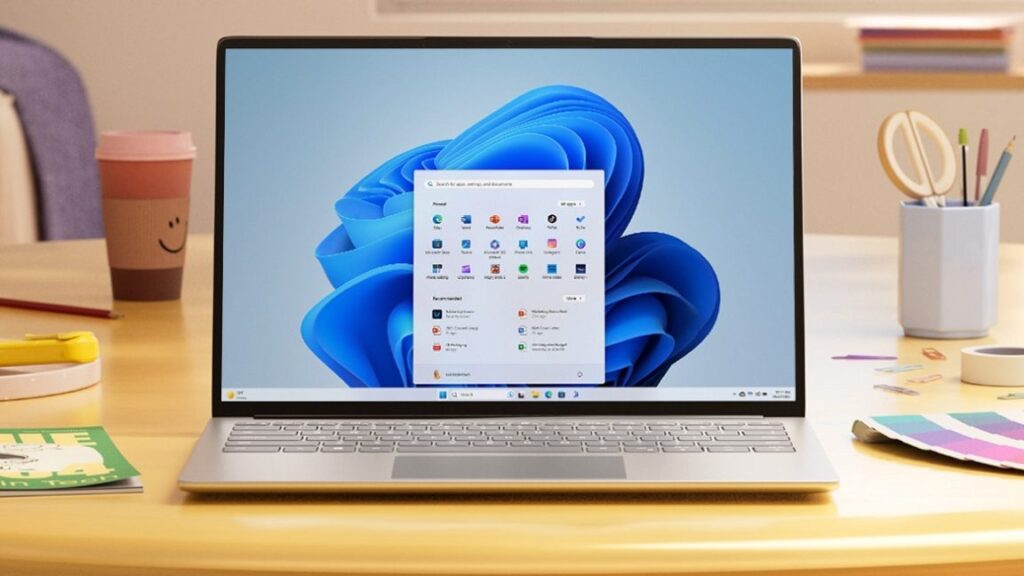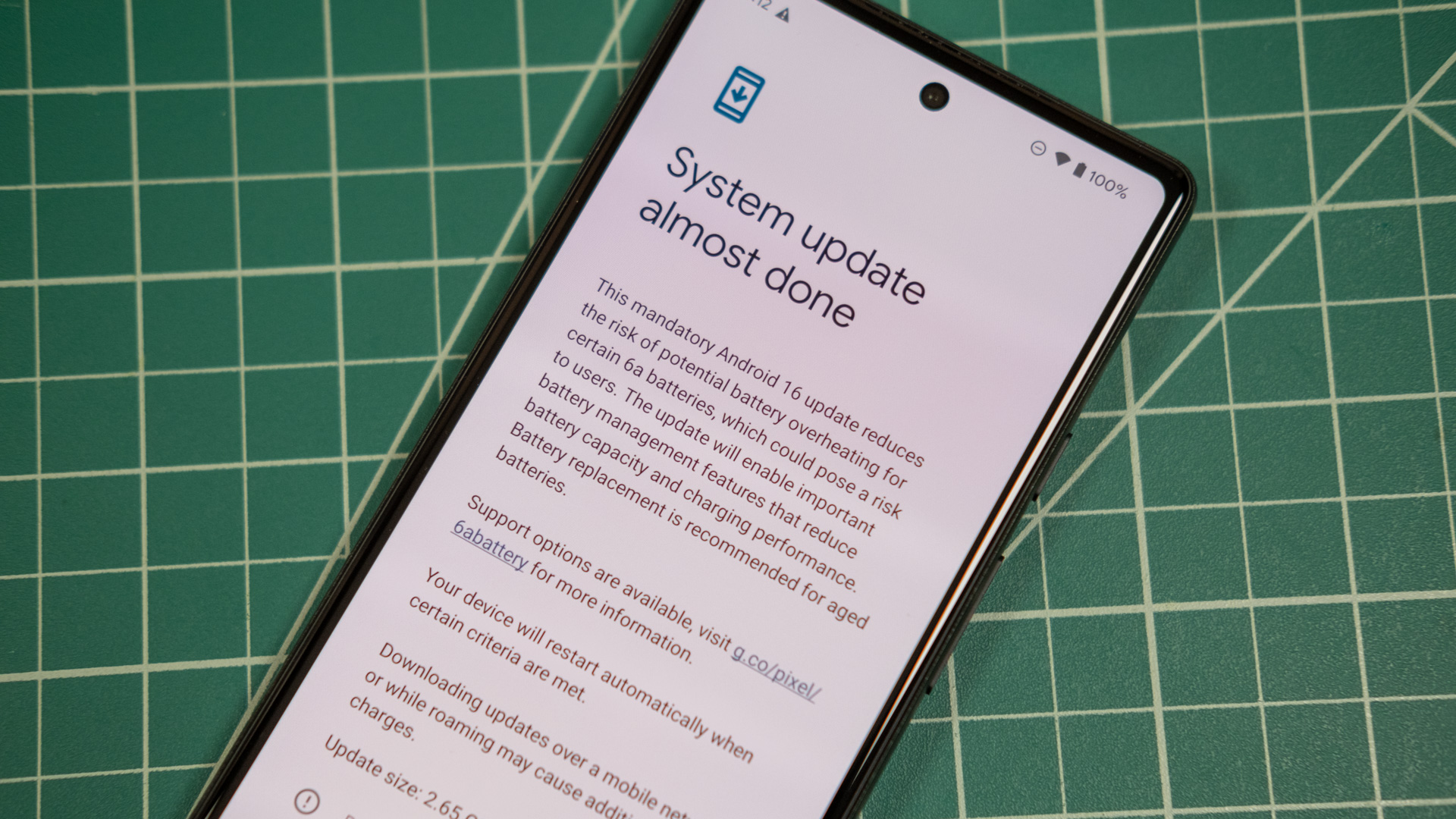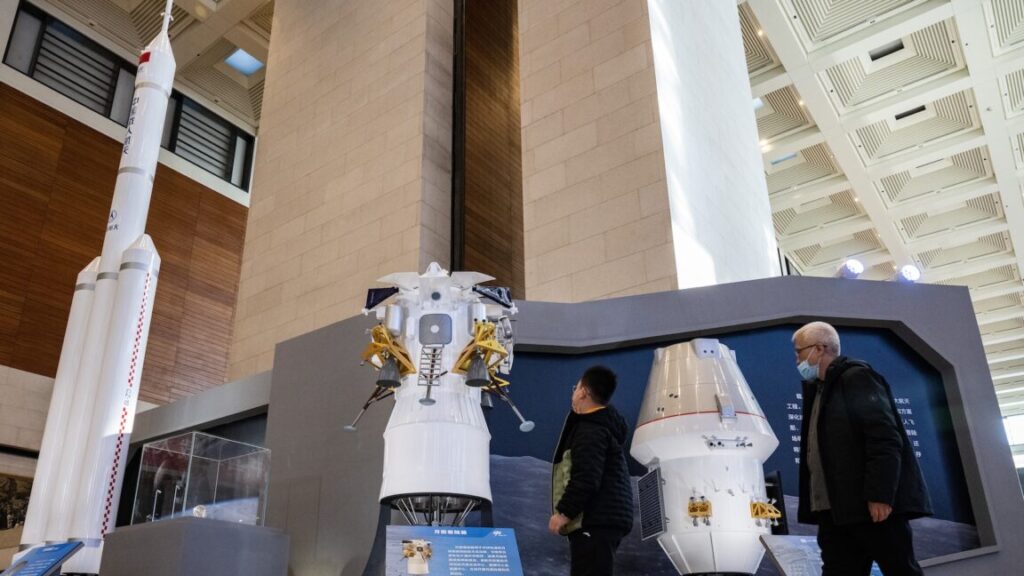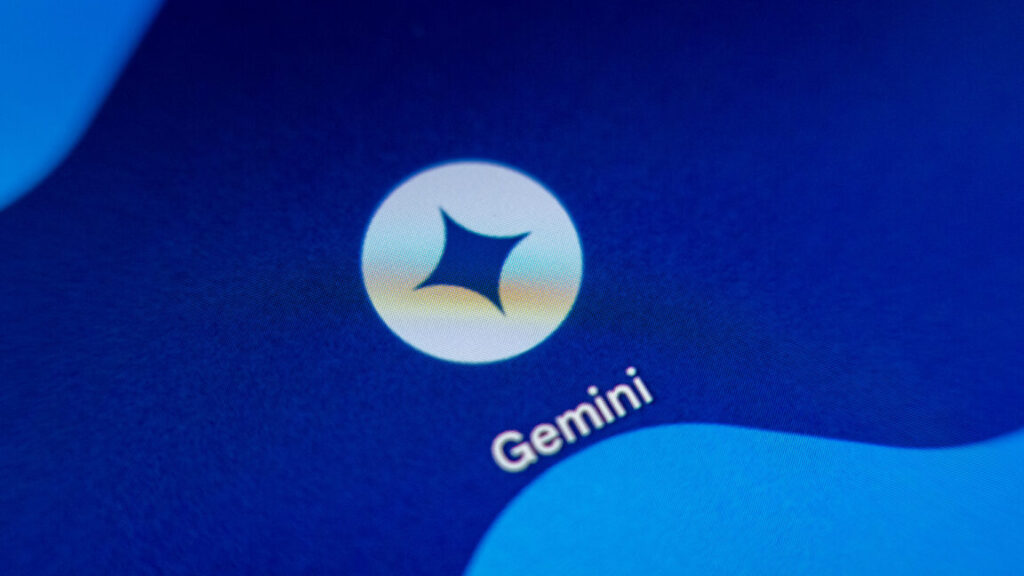Today’s post is an update from my contractor at Balsa Research, Jennifer Chen. I offer guidance and make strategic choices, but she’s the one who makes the place run. Among all the other crazy things that have been happening lately, we had to divert some time from our Jones Act efforts to fight against some potentially far more disastrous regulations that got remarkably close to happening.
What if, in addition to restricting all domestic waterborne trade to U.S.-built, U.S-flagged vessels, we also required the same of 20% of all U.S. exports?
In late February this year, Balsa Research got word that this was a serious new proposal coming out of the USTR, with public comments due soon and public hearings not much longer after that.
The glaring problem with this proposal was that there were fewer than one hundred oceangoing ships that meet that criteria today, when we probably needed closer to a thousand.
Can we build our way out? No. The US currently only has four shipyards [1] capable of constructing large oceangoing commercial vessels, and it takes them 52 months on average to deliver an oceangoing cargo ship [2]. And that was if you can even get in the order book in the first place; most of these shipyards also take government contracts, the navy is behind on updating its fleet, and there are only so many dry docks to go around. We can theoretically build some shipyards about this, but that would take time as well.
In the meantime, existing oceangoing U.S.-built vessels have a combined capacity that can handle around 2% of current U.S. maritime export volumes, which is a much smaller number than 20%. And once capacity is reached, no more ships will be available at any price, and U.S. waterborne exports will be immediately reduced to a very small fraction of its current volume [3].
This seemed very bad. Maybe Balsa should do something about it?
I tried to squirm out of the responsibility at first, because this was the rational thing to do. With how limited Balsa’s capacity was (only one person working full time, that’s me!), it really only made sense for the entity to take on the highest leverage work we can; the ones where our comparative and absolute advantage absolutely dominated the competition. The work where no one else was on the ball at all. Like, say, trying to put together a set of coherent reforms to the Jones Act.
How might I squirm out of the responsibility? I went through press coverage of the proposal in trade journals, and the list of submitted comments in the USTR public portal. All I needed to do, really, was identify if this observation was being made literally anywhere else that the USTR might see.
Like, the UAW does a bunch of lobbying, surely they would have noticed that they will not be able to export cars? Well, I didn’t find a UAW submission, but did find one from the trade group representing the American auto industry. In the face of crushing export restrictions, they… “encourage USTR to begin implementation of any such restrictions no sooner than 7 years to provide sufficient time for the capacity of U.S.-flagged and U.S.-built vessels to grow to a level where it can meet industry demand.” [4]
…Okay. I guess Balsa might need to do something about this.
First, recall what the political environment was like in early March this year, two months into the new administration. Everyone’s attention was spread quite thin, what with the exciting new tariffs being announced and the Greenland annexation threats.
To make things worse, this proposed restriction was being double billed with another baffling proposal to charge certain cargo ships [6] millions of dollars when they try to deliver imported goods to U.S. ports. Because the dire negative consequences of new $3-5 million dollar port entry fees required no special knowledge to grasp, 99% of the attention and the lobbying might of the American private sector went towards protesting that instead.
But honestly, even without all that, I think the obliviousness is understandable. The U.S. makes trucks and planes, so it’s reasonable to assume that we also make ships and have more than a two digit number of them. The Jones Act killed domestic shipping generations ago, and industries have long adapted to using trucks, rail, or pipelines to move things domestically. As for exports, the nationality of the ships has never mattered there. With American industry severed from American shipbuilding for decades, who exactly was supposed to be keeping tabs?
Of course, a few parties would have been aware. The handful of domestic shipping companies that own all of the Jones Act ships, for instance. But they stand to benefit from the proposal as it sharply increases demand for their services, so they’re not exactly incentivized to speak up. Ditto for U.S. shipyards. I was not surprised by their silence.
More confusing to me was this 60 page economic analysis of the USTR’s complete proposal. This was submitted by the National Retail Federation, but approximately every single industry and trade association in the United States is a co-sponsor.
Regarding the requirement for 20% of U.S. exports to be delivered on U.S.-built ships, the analysts acknowledge that this would be a de-facto restriction of U.S. exports, which would be really bad. But then they proceed to base their analysis on a model where everything is actually fine because the vessels that do not exist actually do exist:
If USTR were to implement this remedy option… it would amount to, in effect, a restriction of U.S. exports out of U.S. ports, a very different scenario than the one we model here. In that event, the results we provide below would be many multiples greater than what we show for the scenario as proposed by USTR, which essentially assumes that the 125+ containerships and all the other new vessels needed to implement it exist. Nevertheless, we have proceeded with the scenario as proposed by USTR. [page 18]
To be clear, in the actual proposal text, there’s no “scenario” from USTR suggesting that any ships would suddenly pop into existence. The proposed policy is simply a requirement for operators to transport 20% of U.S. products on U.S.-flagged, U.S.-built ships [6].
I tried to find the scenario suggested by USTR to no avail. I suspect that sufficiently prestigious submitters probably had the luxury of some pre-submission communication with USTR, like formal stakeholder calls or guidance about analytical approaches. Unfortunately, such prior communication may end up significantly constraining your ultimate range of motion.
Despite the questionable analysis, it was still a huge relief to come across. I’d started to wonder if I was missing something obvious since no other submission brought up the fact that this proposal was de facto a restriction of all U.S. exports. But here was confirmation that no, at least one other team had noticed the same fundamental issue.
Congresspeople introduce bills all the time, and the vast majority of them die. Were we wasting our time on something that was 99% going to fail anyways?
Unfortunately, this did not seem to be the case. It was the Office of the U.S. Trade Representative (responsible for a wide swathe of trade functions including advising the president on trade issues) that was proposing the above policies. They were doing so via “Section 301 Investigations”, a specific authority to take retaliatory action against “unfair trade practices”. This authority was invoked by the previous Trump administration six times, twice successfully. This gives us a base rate of 33%.
Additionally, of all the previous cases, this one bore the strongest resemblance to one of the two that passed—a 2017 case that was also framed as targeting unfair Chinese trade practices. That one resulted in significant additional tariffs on nearly two-thirds of all imports from China (~$370 billion in annual goods) beginning in 2018 and 2019.
Hundreds of industry representatives flew to DC to deliver their objections in person for that proposed action, resulting in a full seven days of public hearings. It was enacted anyways.
So there was a real chance that this policy would get enacted, and Balsa had noticed a major flaw that no one else was meaningfully pointing out. It was now overdetermined that we should divert some effort towards making a credible case against it.
I submitted Balsa’s initial public comment on March 22nd, and also a request to present testimony at the public hearing, which was accepted.
Conveniently, I was attending a maritime legislation conference in D.C the weekend prior. I shamelessly took advantage and put my public comment and presentation script in front of all the industry and trade reps I could chase down, and got the contact info and feedback of some of their in-house policy teams.
The consequences of the export restriction was surprising to some of them, but none of them were skeptical about my conclusion after reading through my analysis—another good sign that I was not the one missing something. In some cases, the organizations they were heading represented a plurality of interests, and while they had a notion that the restrictions to U.S. exports would be harmful, they felt unable to speak up about it as some of their members stood to benefit [7].
I made some last minute updates to my testimony based on their feedback and my observations.
On March 26th, I presented Balsa’s findings to a panel of representatives from eleven different government departments and agencies and took their questions.
Almost sixty testimonials were provided to the panel over two days of hearings. The overwhelming majority of speakers were there to object to the port fees. And this was important work; the proposed port fees were going to immediately and negatively impact the economy, this was obvious, and it was well worth it to hammer it home from dozens of angles [8].
Around a sixth of the presenters supported the proposals and came to make the case for why the USTR shouldn’t listen to the haters. These presenters generally represented American labor unions, the domestic shipbuilding industry, and states where unions and/or the shipbuilding industry were unusually important funders of their sitting political representatives.
Besides us, only a handful of the presenters spoke out against the export restrictions [9]. The majority of these presenters still primarily focused on the port fees, however.
Presenters who focused more on export restrictions included representatives from petrochemical industries who pointed out that the U.S. has no chemical or LNG tankers and no current capacity to build them, and shippers who noted extreme cost premiums and prohibitive timelines when trying to work with American shipyards.
In general, I found that the presenters understood that U.S.-built ships were unviable for their specific industries or companies, but didn’t grasp that this was a universal problem rather than a sectoral one [10]. Still, their testimony helped usefully signal that American shipbuilders were fundamentally uncompetitive, which helped legitimize our rather more dire analysis when we presented late on the second day. We just had to spell out the full-scale consequences; it wasn’t that companies like North Florida Shipping would need to pay $40 million instead of $10 million per vessel, it was that after the tiny order books filled up, no more ships would be available at any price.
So that’s basically what Balsa conveyed in our testimony. Afterwards, we had an opportunity to submit post-hearing responses to the questions that we were asked during the hearings. I got one question from the Department of Commerce requesting our analysis of the security implications of continuing to allow Chinese-built ships to dock at our ports (i.e. standard practice today), so we also submitted a response to that.
Around a month after the public hearings, the USTR published updated proposals and gave a summary of the arguments made in the public hearing. Here’s an excerpt from their summarized findings regarding the export restrictions:
Several comments expressed concern that the proposals would only punish U.S. exporters. Some asserted that the proposals would lead to a decrease in U.S. exports and would ultimately divert ships from U.S. ports. Several comments noted that the timelines for the proposals are too aggressive and not achievable. Most of these comments noted that there is currently insufficient capacity of U.S. ships and one comment noted a lack of U.S. mariners.
In response, they got rid of almost the entire thing. (More about that in the next section.)
I think Balsa can take something like 1-3% of the credit for this, and I have no regrets in spending the (relatively small amount of) time and money that we did to guarantee that our analysis was heard by the USTR. Along the way, we also made many useful and promising contacts with some congressional offices and other people working on maritime policy, which is a fantastic bonus.
The revised proposal that the USTR released in response to the public comments is for export restrictions to now only apply to LNG. Beginning in April 2029, 1% of exports must be delivered in U.S.-built vessels, and the percentage ratchets up annually.
This is still very awkward, because there exists no U.S.-made LNG tankers and no current capacity to build them. Building the capacity will take time, which means that starting in 2029, the U.S. may not be able to export any LNG.
But this is objectively a much smaller problem; instead of eliminating 90% of all waterborne U.S. exports (worth around $600 billion annually), it will be eliminating “only” a $30-40 billion dollar industry [11] if enacted.
More relevantly for Balsa, the correct people have noticed and are taking reasonable actions. The Center for LNG, which represents the U.S. LNG industry, has filed a comment to the USTR pointing this out. So has the Cato Institute, the Chamber of Shipping of America, the International Tank Container Organization, and various others.
And more importantly, this administration clearly really wants to export a lot more LNG, so I really don’t anticipate this restriction sticking around.
Zvi and I have minor disagreements about the counterfactual impact of an additional submission from Balsa Research, but I’ve ultimately decided that it is time to return to hunting the biggest fish—taking steps towards the actual repeal of the Jones Act.
Balsa Research is once more 100% focused on Jones Act reform! We are looking to hire someone based in D.C. to do research for us, please get in touch if you think you would be a good fit, and/or forward this to people in your network that you think would be.
We’re also developing specific reports digging to the bottom of specific pro-Jones Act talking points. Since the American Cargo for American Ships Act has passed the House and is currently before a Senate subcommittee, we will be first investigating the value of cargo preference laws for bolstering the American maritime sector.
If you would like to support this sort of work, please consider making a donation.
You can also view our new Request for Applications for a labor market analysis of the Jones Act, now that we are ready to get back to funding more work.
Thanks for reading!
[1] Possibly five, but Fincantieri Marinette Marine is situated on Lake Michigan, and the St. Lawrence Seaway is not wide enough for reasonably sized ocean carriers to be transported from the Great Lakes out to the ocean.
[2] Since the 1980s, the domestic shipbuilding market has shifted to building smaller vessels or vessels focused on coastwise transportation. Most shipyards would need a period to transition to develop the capacity to build commercial vessels suitable for international ocean trade, even if you don’t care about costs. More on this if you’re interested: 2023 CRS one-pager on domestic shipbuilding, 2025 GAO report on navy shipbuilding, 2024 pieces by Brian Potter and Austin Vernon on American shipbuilding.
[3] Note that in this scenario, Alaska, Hawaii, and the U.S. territories are left in the lurch as well, as the ships that serviced them are diverted into servicing the most profitable 10% of international trade routes instead.
[4] I’m inclined to cut them some slack though; new tariffs on Mexican and Canadian steel and auto parts were likely top of mind at the time.
[5] Ships built in China, or ships that are part of a fleet that has any Chinese-built ships. Balsa estimates that this would affect approximately 45% of all ships in the global commercial fleet.
[6] Actually, it requires operators to transport 100% of U.S. products on U.S.-flagged, U.S.-built ships, but if you submit some paperwork, you can get that number down to 20% for your specific entity. For the sake of simplicity, I have assumed that approximately every entity will immediately file this paperwork, but it’s worth noting that this means that the provision as written is actually stricter than that.
[7] Likely, that plurality of interests prevented them from looking too hard at the issue of American shipbuilding too much in the first place
[8] Balsa was originally going to join in on the hammering, actually. We had done analysis for both the port fee and the export restrictions for our written public comment, so we had the material. But when the final list of panelists were released, it became evident that there were much bigger players who were going to make the same arguments we did around the port fees. And they were going to do it better, since they had things like exclusive industry data and entire policy teams that were larger than one person, so we might as well save our five minute allotment to focus on the more neglected policy.
[9] A comprehensive list is available here.
[10] Again, this was reasonable and unsurprising.
[11] LNG specifically refers to super-cooled liquid natural gas requiring specialized tanker vessels for intercontinental transport, while pipeline exports carry natural gas in gaseous form to Canada and Mexico. This means that 100% of LNG exports are transported via tanker vessels, and therefore subject to this restriction.

















